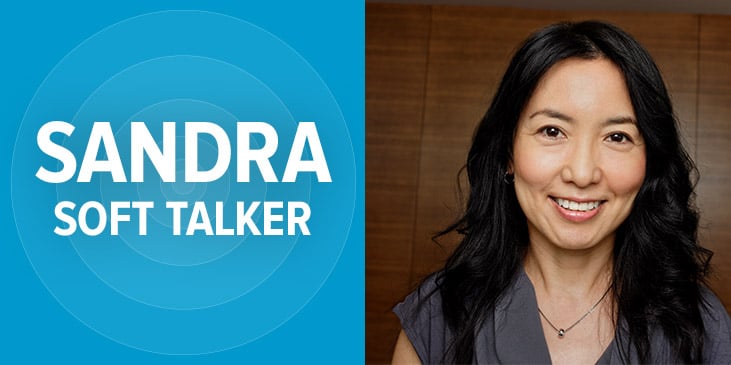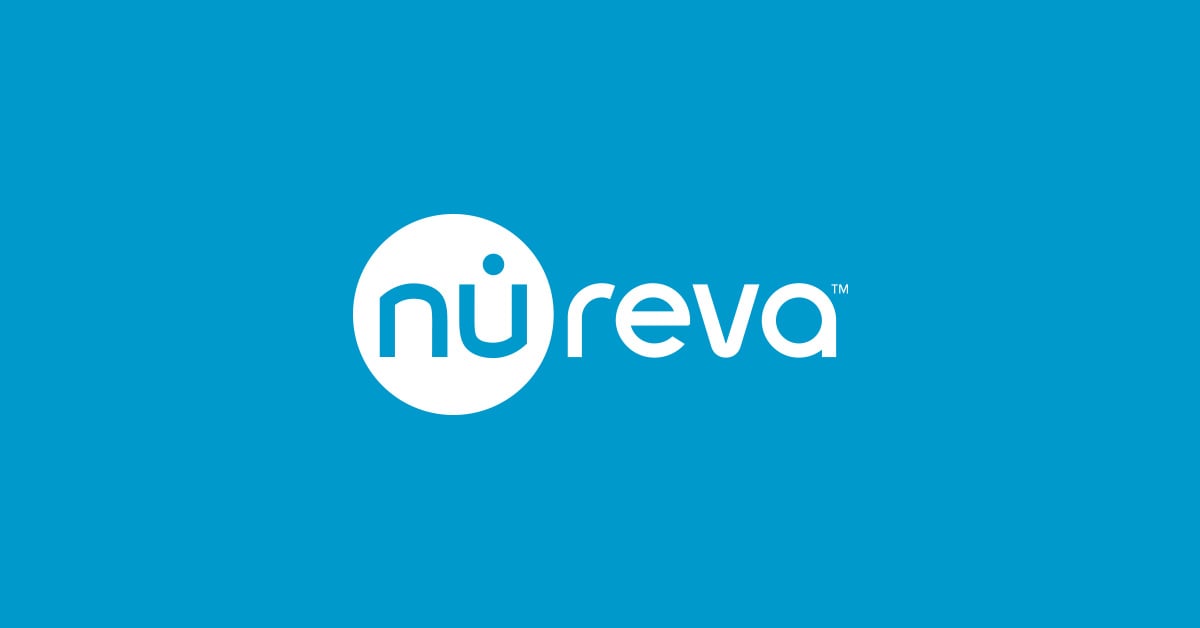Meet the (hard-to-hear) Conference Call Characters

Posted by Dave McKean on Nov 29, 2017 6:00:00 AM
You probably recognize these types of people in conference call meetings at your company. They speak too softly, move too much or position themselves so they can’t be picked up by conventional meeting room microphones. They can kill conversations and collaboration – and cause service calls for AV/IT to “fix” the room. We call them the Conference Call Characters, and understanding them is the first step in helping them be heard.

Conference conduct: Too cool to sit at the table with the team, he’s also too far to be heard. Or perhaps he’s just embracing the “sitting is the new smoking” meme. Either way, he keeps his distance (literally and figuratively), and that makes him hard to hear.
Pickup problem: He’s out of range of desktop mics, and talking to the window or wall makes his pronouncements impossible to process by most systems that can’t account for reflected sound.

Conference conduct: She might be full of bright ideas, but her low-volume locution leaves listeners in the dark. Remote team members call her the Hoarse Whisperer. They get tired of asking her to speak up so they simply tune out.
Pickup problem: Conventional conference mic systems can’t process and separate her voice from competing sounds in the room. Her high-caliber contributions are lost beneath the low hum of the HVAC.

Conference conduct: She’s into active collaboration. Very active. Which causes sore necks for team members in the room and strained ears for those on the conference line. They only hear half of what she says, so she better choose her words wisely.
Pickup problem: She’s in and out of the cones of beamforming mics. They can’t keep up – which means her listeners can’t either. And desktop mics? Forget it. She’s too far and too fast.
Solving the Conference Call Characters
It’s not them, it's the technology
The value of collaboration is a given to most modern companies. Without it they achieve less and fail more. The question is, does the behavior of the Conference Call Characters impede collaboration?
It can. But they can’t change their ways. Nor should they.
Active collaboration happens best when people can move between multiple collaborative presentation tools and interact freely. And since we can’t make people change, we need to get the right technology that supports how they naturally communicate and collaborate.
The problem (as noted in the character sketches above) is that most conventional conference mic systems are not up to the task. Complicated and costly beamforming systems and underpowered desktop technology can’t keep up with how we meet today.
The solution is advanced audio conferencing
A white paper by the conferencing and communication experts at No Jitter tells us that the solution is found in next-generation audio conferencing that “provides a seamless, frictionless experience for all participants, whether scribbling away on a whiteboard, moving about a room, or listening in and joining the conversation from a remote location.”
What, then, should you look for in an audio conferencing system? One with meeting room microphones that truly provides full room coverage – without the gaps and range limitations of beamforming or desktop solutions – should be at the top of your list. Experts say a new solution that fits the bill is one that employs “virtual microphones” that pick up speakers – like the Conference Call Characters – no matter where they move in the room or which direction they face.
Bottom line? With the right technology, there’s hope for the Conference Call Characters.
Hear the difference virtual microphones make
Nureva® audio conferencing systems fill rooms with thousands of virtual microphones so everyone in a meeting can be heard. Hear a quick, no pressure demo.

Posted by
Dave McKean
November 29, 2017

















